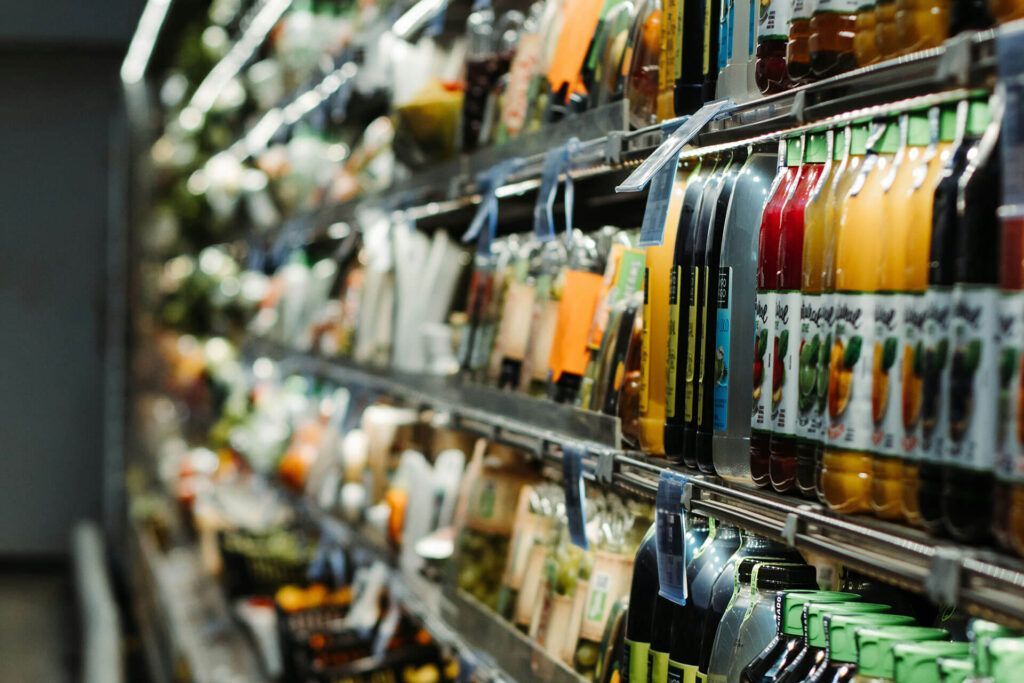
Our services
GFSI Certified
GFSI specialist Mónica Saltor, with over 25 years of experience in various areas of food safety, including at organizations such as Applus and Eurofins, coordinates SAIA's teams for auditing food companies' process chains to certify them according to the requirements of the GFSI (Global Food Safety Initiative) standards, as well as providing consulting and training.
Do I really need a GFSI certificate?
Many of the users who come here do so after receiving a request from one of their clients for a copy of their GFSI certificate, which effectively requires them to comply with this requirement in order to close commercial agreements. This certification demonstrates to suppliers and clients that the company's food safety procedures are approved and therefore its products are safe, and it is endorsed by some of the world's leading food distributors. This allows our clients to adapt to the demands of their suppliers and clients and more easily access international markets.

Obtaining a GFSI certification has great advantages
Be more competitive
Major global food chains endorse GFSI standards, so obtaining certification allows you to compete in international markets. Furthermore, many companies accept GFSI certifications as a substitute for other types of audits, thus eliminating duplication.
Putting the focus on security
GFSI standards require a company to source safer products, as they provide tools for optimized risk management throughout the supply chain. This management will also be continuously improved as the standards evolve.
Optimize resources
GFSI certification eliminates duplication of training programs and audits, allowing a company to focus on its business objectives. It also reduces the risk of errors that can lead to a negative image and financial losses.
Improve internal performance
GFSI certification also provides internal results, as it helps generate an intrinsic commitment among employees to address safety challenges. According to various studies, companies also improve their performance indicators after obtaining the certification.

An international seal of food safety standards
Although many seek it, and why we've titled this service this way, the GFSI isn't actually a certification in itself: the Global Food Safety Initiative doesn't audit or certify any company, but rather oversees and approves standards or schemes that promote international food safety that meet its criteria and acts as an authority on them. Achieving a positive audit under one of these schemes will allow you to obtain GFSI certification, which ultimately represents a kind of international seal of validation for the food safety standard achieved.
Standards that meet GFSI criteria
The standards recognized by the GFSI, unlike this private organization itself, are certification programs that allow for obtaining GFSI certification after passing an audit under their respective schemes. Some of the most common are:
BRC (The BRCGS Global Food Safety Standard
IFS (International Food Safety)
SFQ (Safe Food Quality Program)
GlobalGAP (Global Good Agricultural Practices)
FSSC22000 (Food Safety System Certification 931 84 10 48
PrimusGFS (Primus Global Food Safety)
We guide you through the CFSI standard to choose from
Every food business is different, and standards don't apply to all industries and/or types of businesses, so you need to choose the most appropriate one for your situation.
Saltor i Jacas Consulting is a SAIA partner specializing in IFS and BRC standards, the most widely used in Europe. With them, we help companies choose the standard that best suits their needs. We offer over 25 years of experience in auditing and training for food companies. Saltor i Jacas Consulting collaborates with SAIA to certify its clients with GFSI through one of these quality schemes.
4 steps
The path to achieving GFSI certification with SAIA
The GFSI is a large and complex institution, so it can be difficult to understand exactly what GFSI certification entails for someone unfamiliar with the subject. At SAIA, we support our clients throughout the entire process, which typically consists of four main steps:
1
Select the standard or scheme that will certify the company's processes
2
Train yourself on the specific requirements of that standard or scheme
3
Implement the food safety management system and document the processes
4
Submit all activities to audit and receive certification




